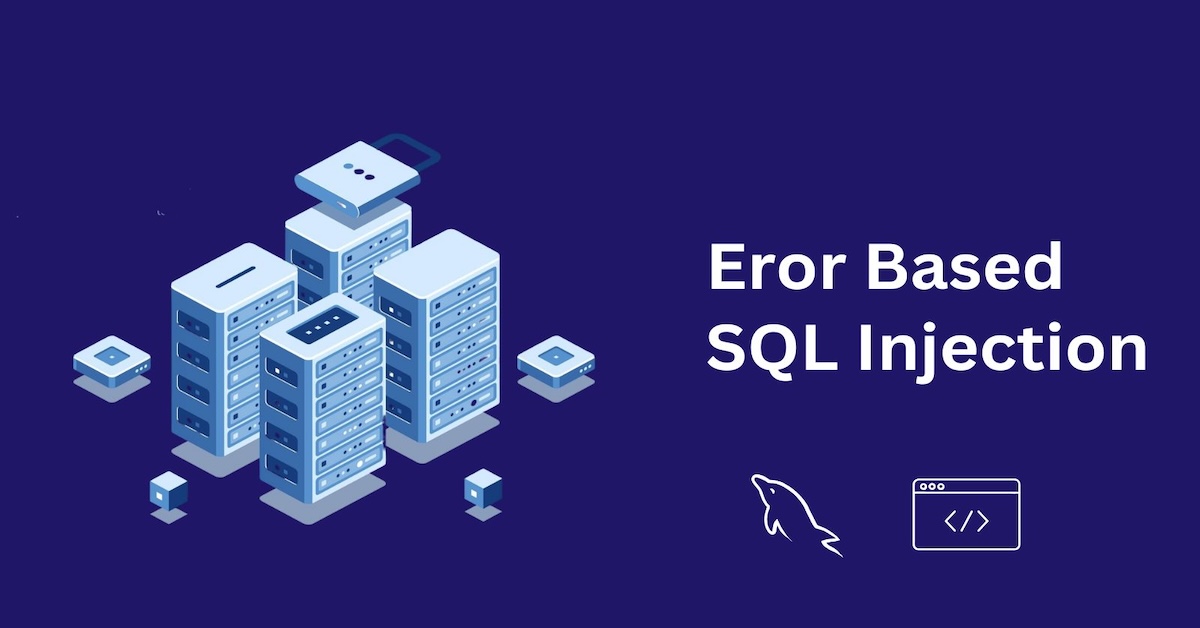Remote Command Execution
Remote Command Execution (RCE) is a critical security vulnerability that allows an attacker to execute arbitrary commands on a remote server. This vulnerability can lead to unauthorized access, data breaches, system compromise, and even full control over the targeted server. RCE can be particularly dangerous in web applications where user input is not properly sanitized and is used in critical operations. In this article, we'll explore the theory behind RCE, common attack vectors, and how to exploit and prevent RCE using PHP as the primary language for examples.
What is Remote Command Execution?
Remote Command Execution occurs when an attacker can run arbitrary commands on a server from a remote location. This usually happens due to improper input validation or poor security practices in the codebase. When the server executes these commands, it can lead to severe consequences, including data theft, unauthorized access to the system, and the installation of malicious software.
Common Attack Vectors
RCE vulnerabilities typically arise from:
- Unsanitized User Input: When user input is passed directly to a system command without proper validation or sanitization.
- Dynamic Command Execution: Using functions like
exec(),system(),shell_exec(), andpopen()in PHP without filtering or validating input. - File Upload Vulnerabilities: Allowing users to upload files without proper checks, which can lead to the execution of malicious scripts.
Example of Remote Command Execution in PHP
Consider a PHP web application where a user can ping a server to check if it's online. The code might look something like this:
<?php
if (isset($_GET['host'])) {
$host = $_GET['host'];
$output = shell_exec("ping -c 4 " . $host);
echo "<pre>$output</pre>";
}
?>;At first glance, this code seems harmless. it simply takes a hostname as input and runs the ping command. However, this code is highly vulnerable to RCE. An attacker could exploit this by injecting additional commands into the input.
Exploiting the Vulnerability
Suppose an attacker provides the following input:
localhost; cat /etc/passwdThe PHP code would execute:
ping -c 4 localhost; cat /etc/passwdThis command first pings localhost and then executes cat /etc/passwd, which displays the contents of the /etc/passwd file—potentially exposing sensitive information about users on the system.
Preventing Remote Command Execution
To prevent RCE, it's crucial to validate and sanitize all user inputs, especially when they're used in command execution. Here are some best practices:
-
Avoid Direct Command Execution: If possible, avoid using functions like
exec(),system(),shell_exec(), andpopen()altogether. -
Input Sanitization: Use PHP's
escapeshellarg()andescapeshellcmd()functions to escape user input that is passed to command execution functions.<?php if (isset($_GET['host'])) { $host = escapeshellarg($_GET['host']); $output = shell_exec("ping -c 4 " . $host); echo "<pre>$output</pre>"; } ?>;With
escapeshellarg(), the inputlocalhost; cat /etc/passwdwould be escaped, preventing command injection:ping -c 4 'localhost; cat /etc/passwd'The single quotes prevent the
catcommand from being executed. -
Use Whitelisting: Only allow specific, known-safe inputs to be passed to the command.
<?php $allowed_hosts = ['localhost', 'example.com']; if (isset($_GET['host']) && in_array($_GET['host'], $allowed_hosts)) { $output = shell_exec("ping -c 4 " . escapeshellarg($_GET['host'])); echo "<pre>$output</pre>"; } else { echo "Invalid host."; } ?> -
Disable Dangerous Functions: In your
php.ini, disable dangerous functions likeexec(),shell_exec(),system(), andpopen()if they are not needed.disable_functions = exec, system, shell_exec, passthru, popen -
Use Prepared Statements: For database-related operations, always use prepared statements to avoid SQL injection, which can sometimes lead to RCE in certain scenarios.
Detecting RCE Vulnerabilities
Detecting RCE vulnerabilities involves testing your application with various inputs to see if it's possible to inject and execute arbitrary commands. Tools like OWASP ZAP, Burp Suite, and custom scripts can help identify such vulnerabilities.
Here’s a simple way to test for RCE:
- Input Test Strings: Input strings like
; id,| id,|| id,&& id, etc., into fields that may be vulnerable. - Monitor Output: Check if the output includes information from the executed commands, like the current user's ID.
Understanding and mitigating RCE vulnerabilities is crucial for maintaining secure applications and protecting sensitive data. Stay vigilant and ensure your codebase follows best security practices.
Happy Coding!






